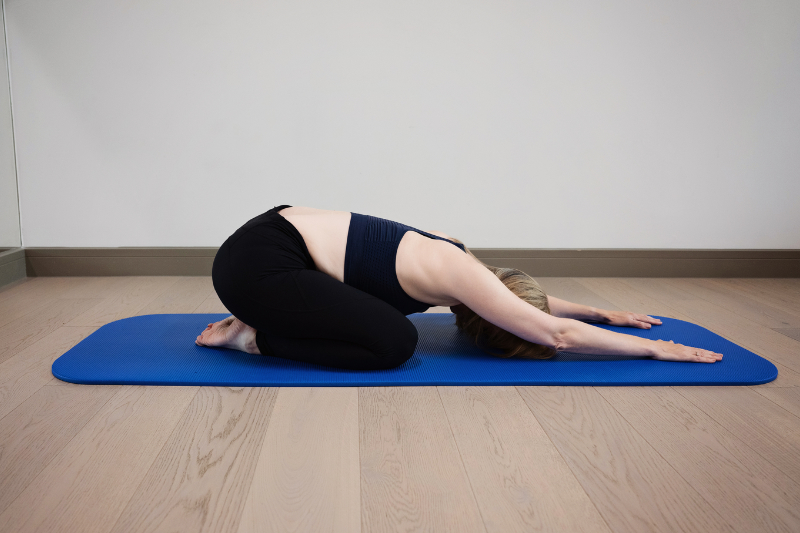
Understanding shoulder hypermobility
Almost every client I’ve worked with has problems with their shoulders. 4 in 5 people with symptomatic hypermobility have shoulder problems (1). Even in the general (not necessarily hypermobile) population, it is the most commonly dislocated joint in the body (2).
Understanding flare-ups in EDS
Can we ever really be prepared for a flare-up? And when they arrive, how do we manage them? They can be as unpredictable as the rain. You dress for the sun and a sudden downpour arrives. Sometimes we definitely know rain is coming and we can pack an umbrella but sometimes rain, like a flare-up, can appear when the sky seemed so blue. We just weren’t expecting it.
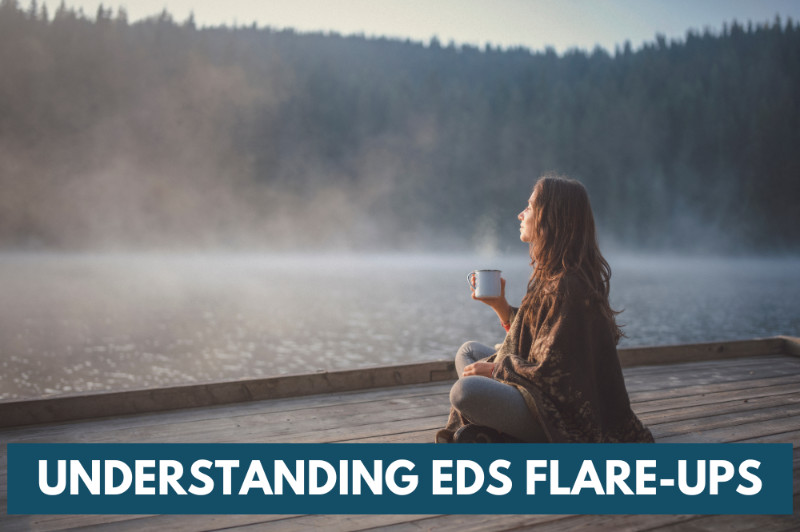
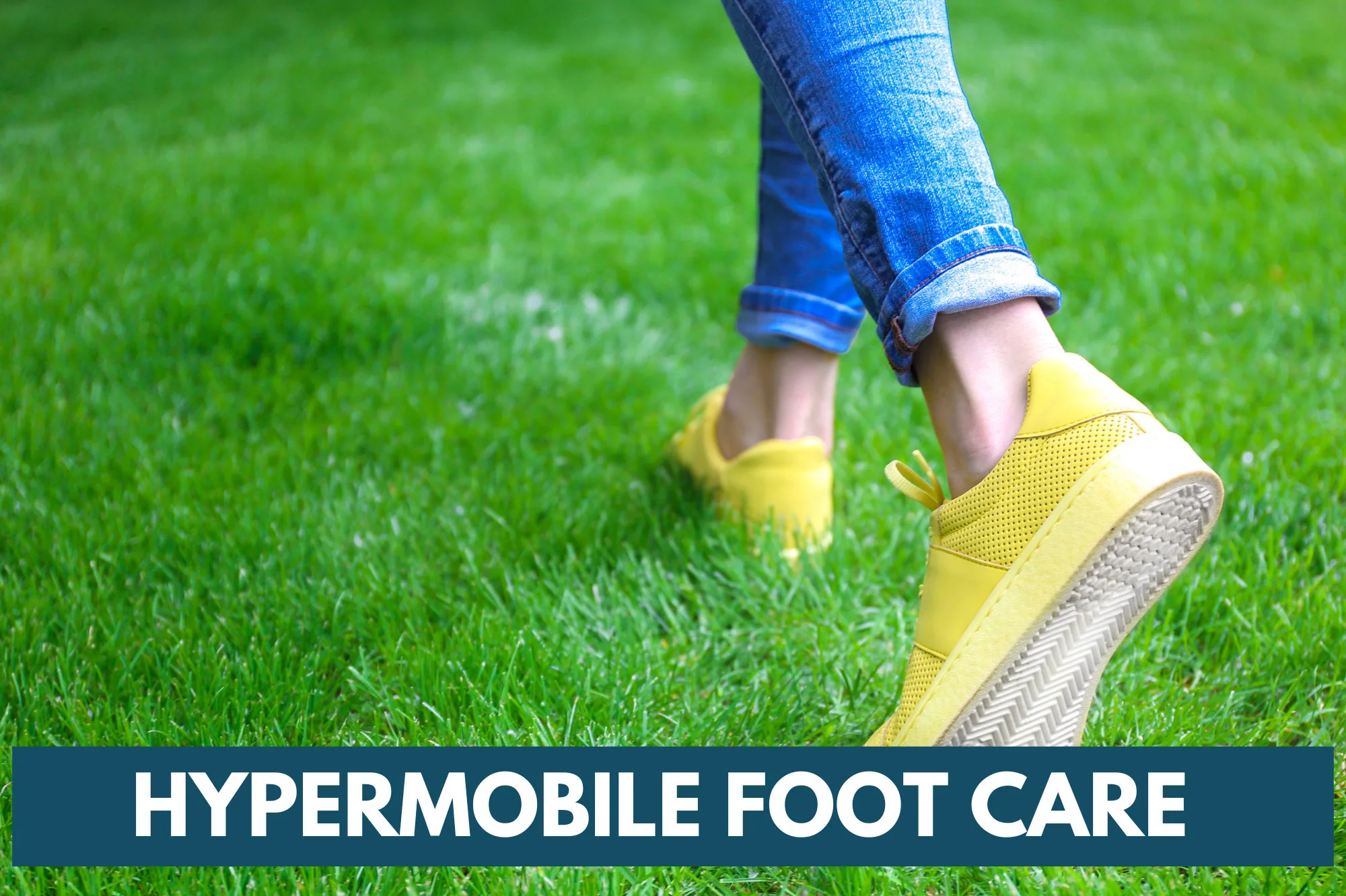
Understanding Hypermobility Foot Mechanics and Pain Management
I always start at the feet.
The foot needs to be stable and mobile at the same time for good foot mechanics. It is super important to understand the relationship between the foot and the rest of the body. The foot will impact the knee, hip, lower back, and upwards from there. Even asymptomatic hypermobile feet and ankles can contribute to pain all the way up the body (1).
What is coat hanger pain?
Coat hanger pain is a pain in the neck and upper back, specifically the suboccipital and paracervical regions. It has been described as a “charley horse” kind of sensation in the back of the neck and shoulders. This pattern mimics the shape of a coat hanger with the hook in the neck and the body spreading out across the upper trapezius muscles and shoulders.
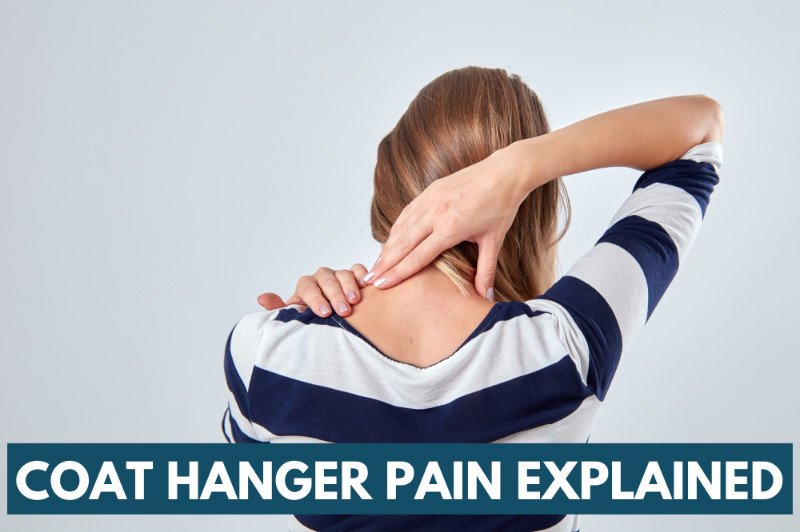
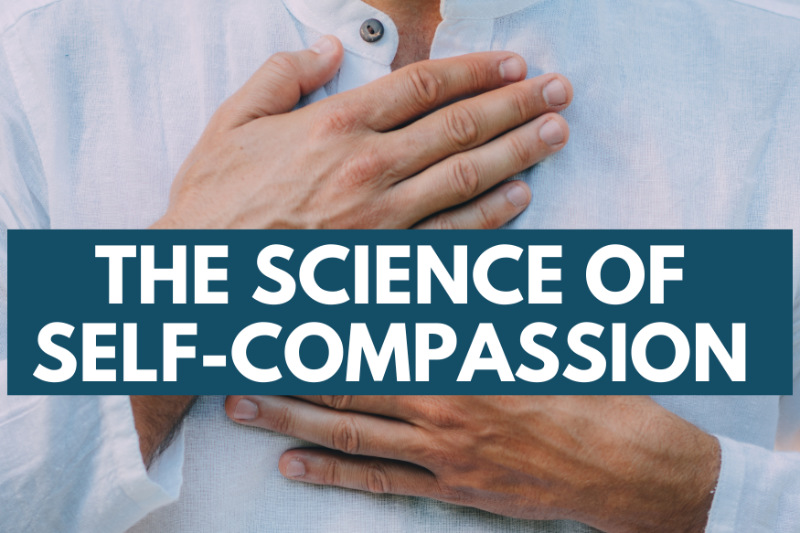
What is Self-Compassion and why is it so important?
Self-compassion has been studied in various contexts in a wide range of populations and is linked with positive mental health consistently.
Headaches in Ehlers-Danlos Syndromes
Discover the link between Ehlers-Danlos Syndrome and headaches. Learn about causes, such as upper cervical instability, and find effective treatment strategies.

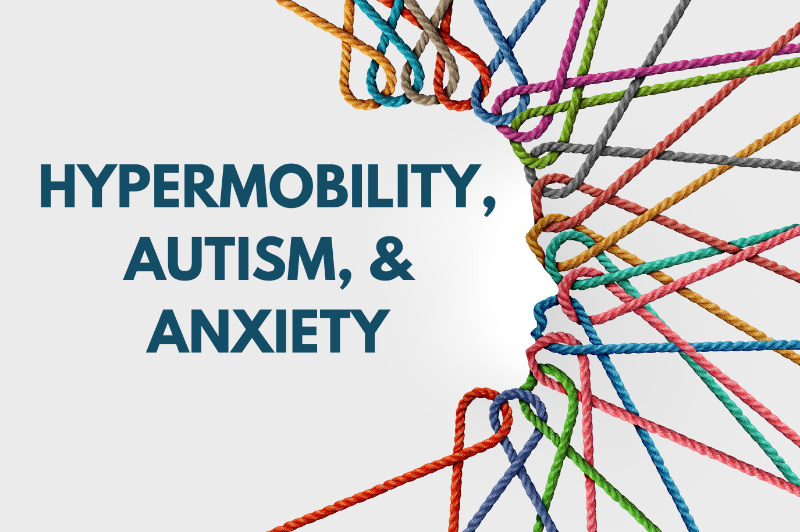
The Link Between Hypermobility, Autism and Anxiety
Discover the complex connection between hypermobility, autism, and anxiety. Delve into how autism presents differently in women.
What is Post Exertional Malaise (PEM)?
Emily Rich, OT, answers our questions about PEM. Is PEM the same as fatigue? What is ME/CFS anyway? Is it safe to exercise? Find out here.
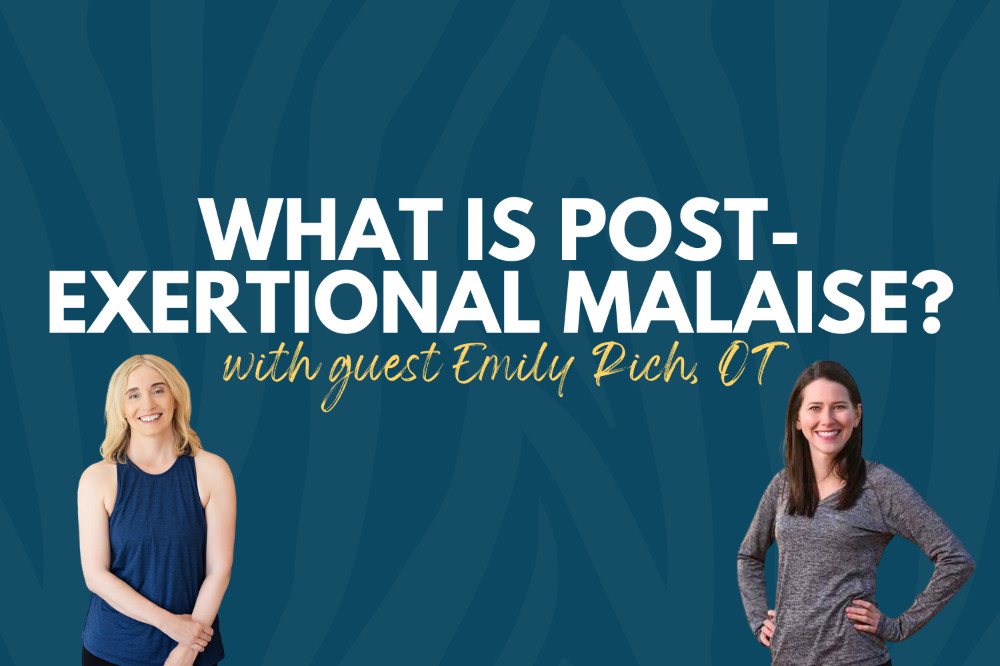
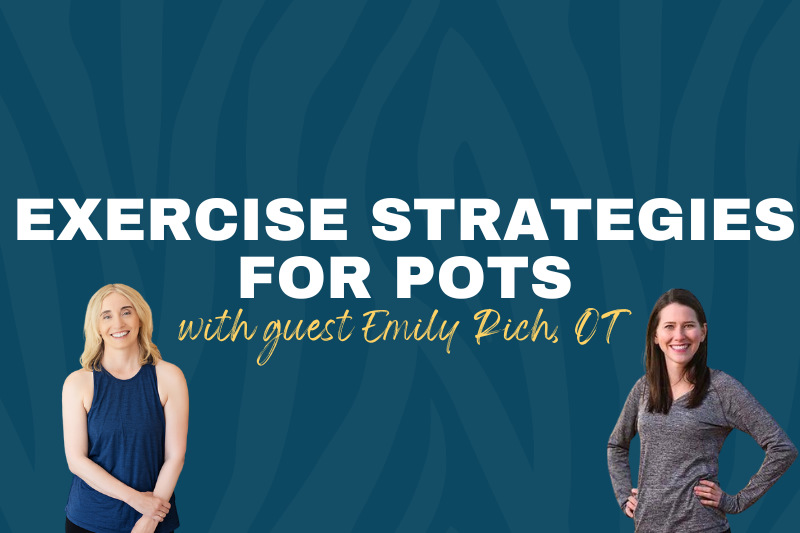
POTS and Exercise with Emily Rich, OT
Occupational therapist and researcher Emily Rich shares her expertise and advice when it comes to exercising with POTS.
Fascia and hEDS
Fascia is connected to the way we live and move in the world. It tenses up when we feel threatened, loosens when we’re happy and at ease, and it’s responsible for sensations like prickling at the back of your neck. It also has an elastic quality, contracting and expanding, and stores and releases the kinetic energy from our body’s movement.
